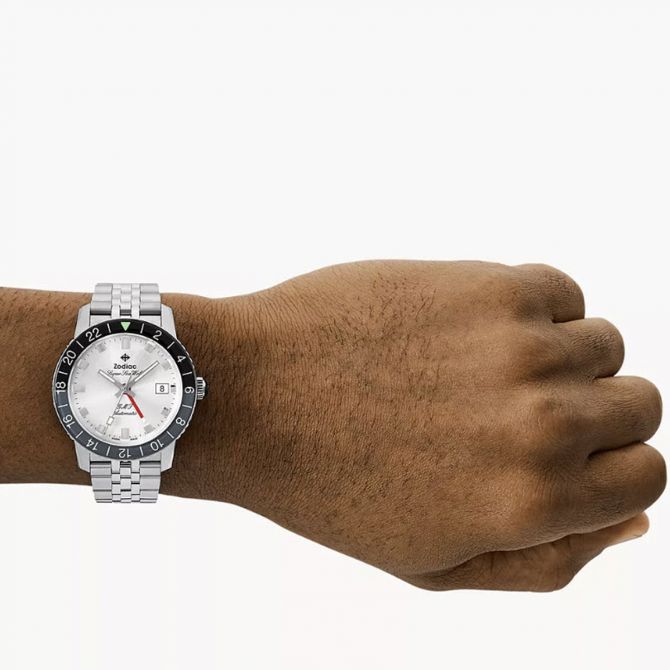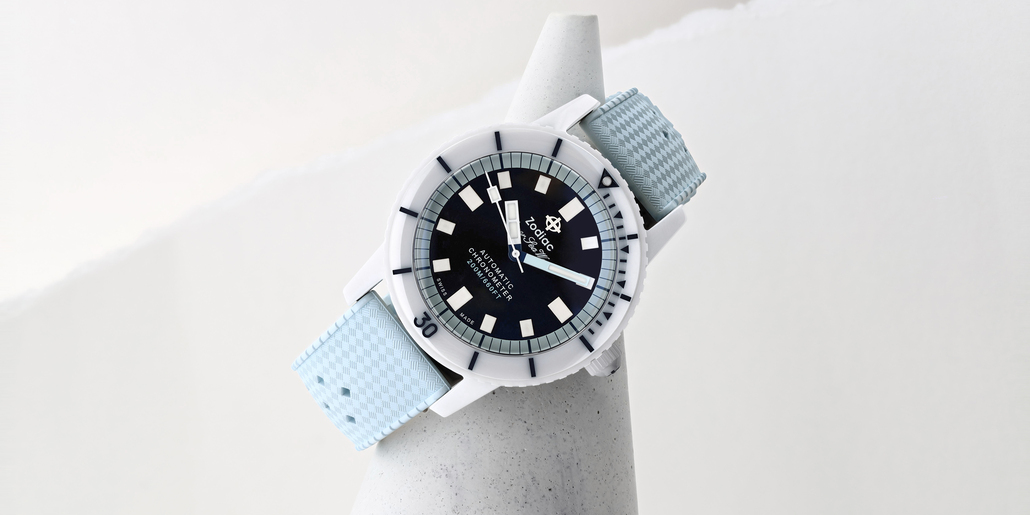Watches are engineered for toughness, but even the most durable timepieces aren’t immune to water exposure. Whether it’s an unexpected downpour, an accidental splash or a dip in the pool, getting your watch wet can lead to serious damage if not handled properly. Here’s what you should do if your watch gets wet, depending on its water resistance rating, to minimize any potential harm.
The first thing you should do is assess the water resistance of your watch. Watches come with varying levels of water resistance, which are often marked on the back of the case or outlined in the user manual. A watch with a water resistance of 30 meters (3 ATM [atmospheric pressure]/3 bar) is suitable for everyday activities like light splashes or rain but is not recommended for swimming or submerging. Watches rated 50 meters (5 ATM/5 bar) can handle brief submersion, such as washing hands or light swimming. 100 meters (10 ATM/10 bar) is adequate for more active pursuits like swimming, showering or snorkeling, while 200 meters and above (20 ATM/20 bar) is ideal for diving and extreme water exposure. The case on the Zodiac Super Sea Wolf GMT watch pictured below is water resistant up to an impressive 20 ATM.
Different types of movements—such as mechanical, automatic or quartz—may react differently to water exposure. Mechanical watches, especially vintage models, can be more vulnerable to moisture because water can affect the lubricants inside the movement, causing it to malfunction. Quartz watches are generally more resistant to water due to their sealed nature, but this doesn’t mean they’re impenetrable.

Regardless of the water resistance rating, it’s best to remove the watch from the water as quickly as possible. Prolonged exposure, even for water resistant watches, can put stress on the seals and cause damage over time. If your watch has a leather strap, remove it immediately to prevent the material from absorbing moisture.
Once you’ve taken the watch out of the water, the next step is to dry it thoroughly. Use a soft, absorbent cloth to wipe away any excess water from the case, band and crystal. Be careful not to push water into any openings, as this could lead to internal damage. After drying the exterior, closely inspect the dial or crystal for signs of moisture inside the watch. If you notice fogging or condensation, it’s a clear indication that water has entered the watch. In this case, avoid opening the case yourself. This could damage the movement or invalidate any warranty. Instead, store the watch in a cool, dry place and, if possible, place it in a watch box to absorb any lingering moisture. Keeping the watch dry and at room temperature will help prevent further damage.
If your watch has been submerged or shows signs of malfunction, it’s important to have it professionally serviced. Even water resistant watches can experience seal degradation over time, especially with frequent water exposure. Bring your watch to our store, where an experienced technician will inspect it and provide any recommendations.
After your watch has dried and been professionally checked, monitor its performance closely. If you notice any irregularities in timekeeping, condensation or other signs of damage, it may require further attention. Don’t ignore signs of malfunction, as small issues can escalate over time.
To avoid future water-related issues, regularly check the condition of your watch’s seals. Even if your watch is rated for water resistance, it’s important to have it pressure tested every few years to ensure the gaskets remain intact and haven’t degraded.
Our Watch Services are here for your most unexpected water encounters. Visit us in store to have your watch professionally inspected, dried and serviced to ensure it’s as good as new.

